
Buying a new mattress is such a personal choice, and with so many brands and new materials around, making a decision can be a bit overwhelming. That’s where we come in. Mattress brands are also known for having regular sales (browse the best cheap mattress deals appearing already), which can complicate things further. We’re here to help you make up your mind, and we’ve outlined the top five decisions you need to make before purchasing, to make sure you end up with the best mattress for you.
Choosing a new mattress is a very personal decision, but when armed with our checklist of things to look for, and a sensible budget, you can make an investment you won’t regret. We'll look at each kind of mattress, the firmness, the features, the price, and even whether to replace your bed base at the same time. When it comes to buying a new mattress, we’ll turn you into a bit of an expert, so you can find the best new mattress straight away, and sleep better at night, from the moment your head hits the pillow.
- Invest in one of the best mattress protectors to make your mattress last longer
- Gone too firm? Try one of the best mattress toppers
- For a touch of luxury, top the lot with the best duvets for all year round
1. Springs or memory foam?
There are three main mattress types: innerspring (or pocket sprung), memory foam or hybrid.
A pocket sprung mattress can have anything from 1,000 to 2,000 individual springs that move separately from each other (anything under 1,000 will be poor quality). These mattresses are usually stuffed with man-made and organic materials, from synthetic cotton to lamb’s wool, and are known for their bounciness.
Memory foam mattresses use body heat to soften and mould to the contours of your body, before recovering their normal shape when you get out of bed. Also known as visco-elastic foam, memory foam was first designed by NASA in the 1960s. These types of mattresses offer excellent support, so they are good for people with back problems.
A hybrid mattress, as the name suggests, combines the classic construction of a pocket sprung mattress with some comforting top layers of foam. It offers multiple forms of support and comfort, usually with a mixture of memory foam, or gel and innerspring coil technology.
Read more about innerspring vs memory foam mattresses here.
Sign up to the T3 newsletter for smarter living straight to your inbox
Get all the latest news, reviews, deals and buying guides on gorgeous tech, home and active products from the T3 experts
2. How firm should my new mattress be?
Firmness is a lot to do with preference, but you also want to consider your own body weight and sleeping style.
Soft bed: If you weigh less than 50kg (8 stone) you can get away with a softer bed. You might also want to consider a less firm bed if you like to sleep on your side, as a very firm mattress can be uncomfortable on your shoulder.
Firm bed: If you're a 100kg (16 stone or 220lb) rugby player, you'll want to avoid very soft mattresses, as they won't provide enough support. With certain foam designs, heavier sleepers will find they sink straight through the softer 'sleeping' layer and end up lying on the harder base layer – not ideal. You might also want a firmer mattress if you like to sleep on your back or front, to ensure your spine is properly supported.
Best of both: Many brands now sell combination mattresses with different tensions on each side, so if you’re sharing the bed with someone a lot heavier or lighter than yourself, this could be a good compromise. Also pay attention to what the top layer is made from: a firmer mid-layer with a plush topper can be a great way to find a balance of support and comfort.
How can you tell which beds are firm or soft?
With an innerspring mattress, the firmness comes from – you guessed it – the springs. Very cheap innersprings tend to have around 600 springs, while a good mattress will have 1000+. If you’re quite heavy, you might need something more like 2000 springs for proper support.
Quality fillings do matter. Higher quality mattresses will also have lamb’s wool and soft cotton to enhance the springs, while premium ones will have horsehair filling, which is breathable and acts like extra tiny springs.
Pocket sprung mattresses are known for their springiness, whereas memory foams are more solid and designed to mould to your body shape, to provide a more tailored support. You'll sink into a memory foam mattress, while with a pocket sprung mattress, you may feel you are sleeping on top of it.
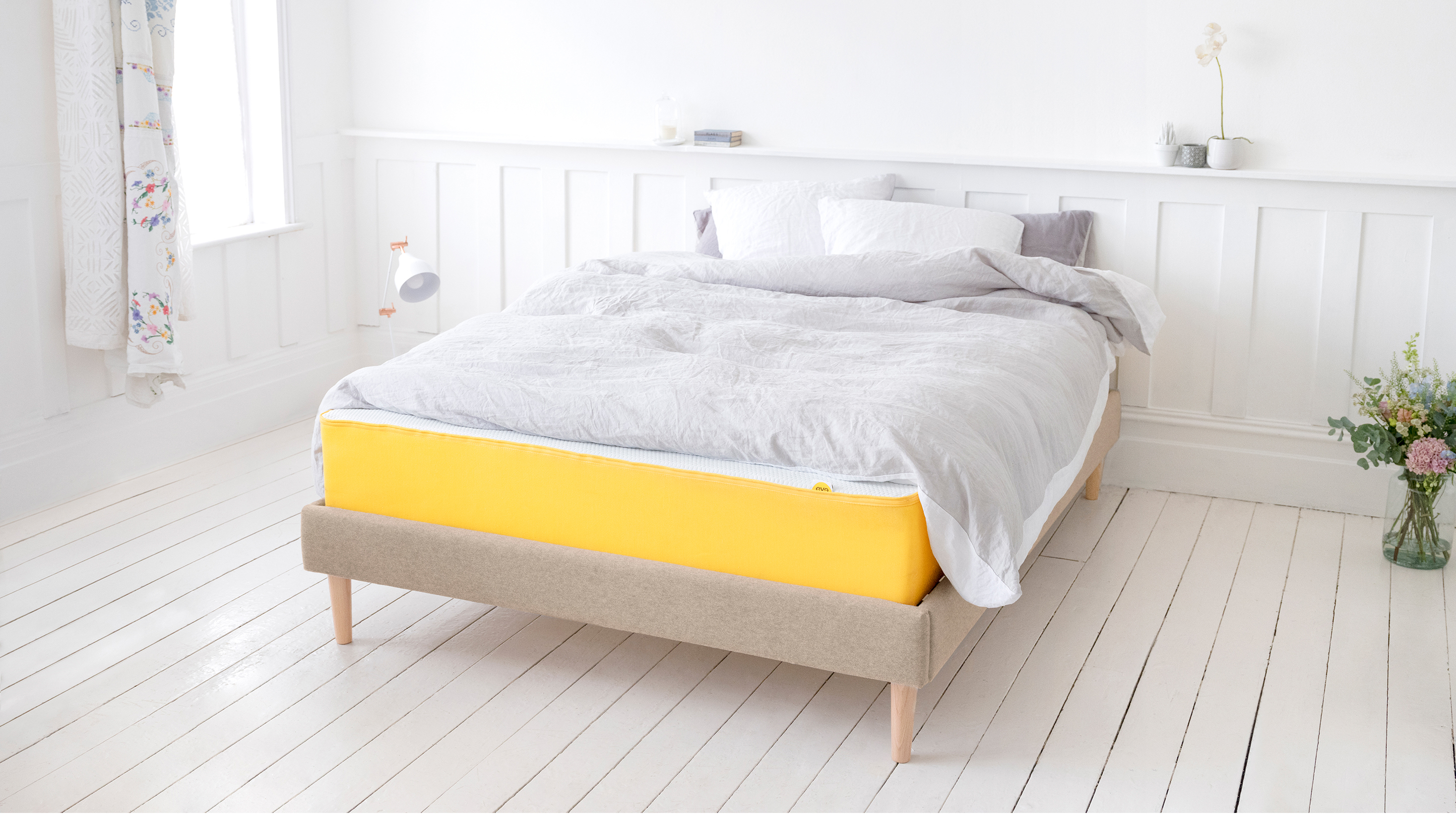
3. What features should I look for?
- Size: What size is your bedroom? Are you sharing a bed? Is it likely your children will creep into bed with you at night? These are all important considerations when choosing your mattress size. Tip: if you have kids, go big!
- Comfort: Probably the most important feature of all. Normally, you'll try out your mattress in person, but the new norm is for mattress brands to offer generous trial periods (the standard is 100 nights, but some brands offer a full year). Order online and the use the trial period to really make sure you love the mattress before committing to keeping it. It's a much better way to test a mattress than a quick lie-down in a store when everything is likely to feel great!
- Back support: If a mattress is too hard, your body will compensate by tossing and turning in the night. The shoulders and hips can’t sink into the mattress, so they tend to curve towards each other, which can bend and stress the spine. Meanwhile if your mattress is too soft, your body will sink into a hammock position, causing hips and shoulders to pinch in and the spine to curve. If you have back issues, memory foam is a good option. Because of the way it works, heat moulds the mattress to the natural contours of the body, helping to align the spine and promote restful sleep.
- Breathability: Many mattresses contain layers of synthetic fillings. If you're keen to avoid these, or suffer from allergies, look out for mattresses specifically made using only natural materials. Innersprings provide more airflow than memory foams, which tend to make you hot when you sleep.
4. How much should I spend?
How long is a piece of string? Whatever your budget there are always great deals to be had – you just need to be a bit savvy and wade through the sales spin to get what’s right for you.
You tend to get what you pay for with a mattress, so the more you can invest the better. After all, you’ll be using it every day for at least six hours! You can pay anywhere up to several thousand pounds or dollars. At the other end of the scale, you can pick up a mattress for as very little. As a rule of thumb, a double for under $260 (£199) is probably a false economy. Such a cheap mattress would likely need replacing often, maybe even every two years, and wouldn’t ensure a good night’s sleep.
Buying from a showroom can also mean paying significantly more, and you might end up with a lower quality mattress, due to the retailer's high overheads compared to online retailers.
5. Do I need to replace the whole bed?
If it’s time for a new mattress, it’s probably time for a new bed, too. A poor base will make even the most expensive new mattress uncomfortable. Check for any sagging, broken or missing parts to determine if you need to invest in a new bed base.
If you’re buying an innerspring mattress, it is best to choose a divan or upholstered base, because the springs in both products tend to work in harmony, to provide comfort and support. Memory foam mattresses work well on a wooden slatted base, so do bear that in mind when choosing your new mattress.
Maddy Biddulph is a national journalist and content creator specialising in lifestyle, fitness, health and wellbeing.
-
 FREITAG's upcycled F260 MIAMI WIDE is a gloriously bold answer to boring tote bags
FREITAG's upcycled F260 MIAMI WIDE is a gloriously bold answer to boring tote bagsThe extra-wide shopper bag is built for beach days, flippers and all
By Matt Kollat
-
 A new age of humanity wins the Sony World Photography Awards 2025
A new age of humanity wins the Sony World Photography Awards 2025Zed Nelson's Anthropocene Illusion highlights the influence of humans on the environment and the artificial spaces left for wildlife in a powerful set of images to win this year's SWPA Photographer of the Year
By Mat Gallagher
-
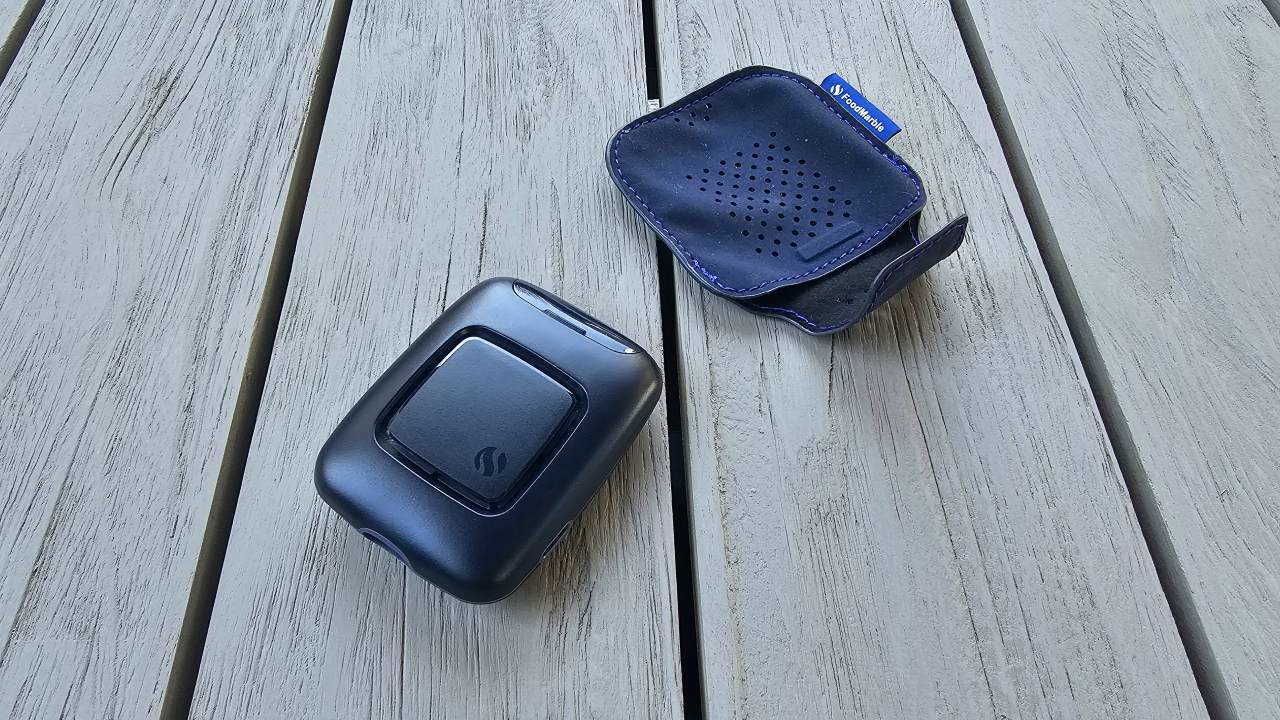 I spent 6 weeks with the FoodMarble Aire 2: here’s what I learned about my gut health
I spent 6 weeks with the FoodMarble Aire 2: here’s what I learned about my gut healthI’ve been testing the clever breath-testing gadget with the companion app over several weeks to find out if it delivers on its promises
By Lee Bell
-
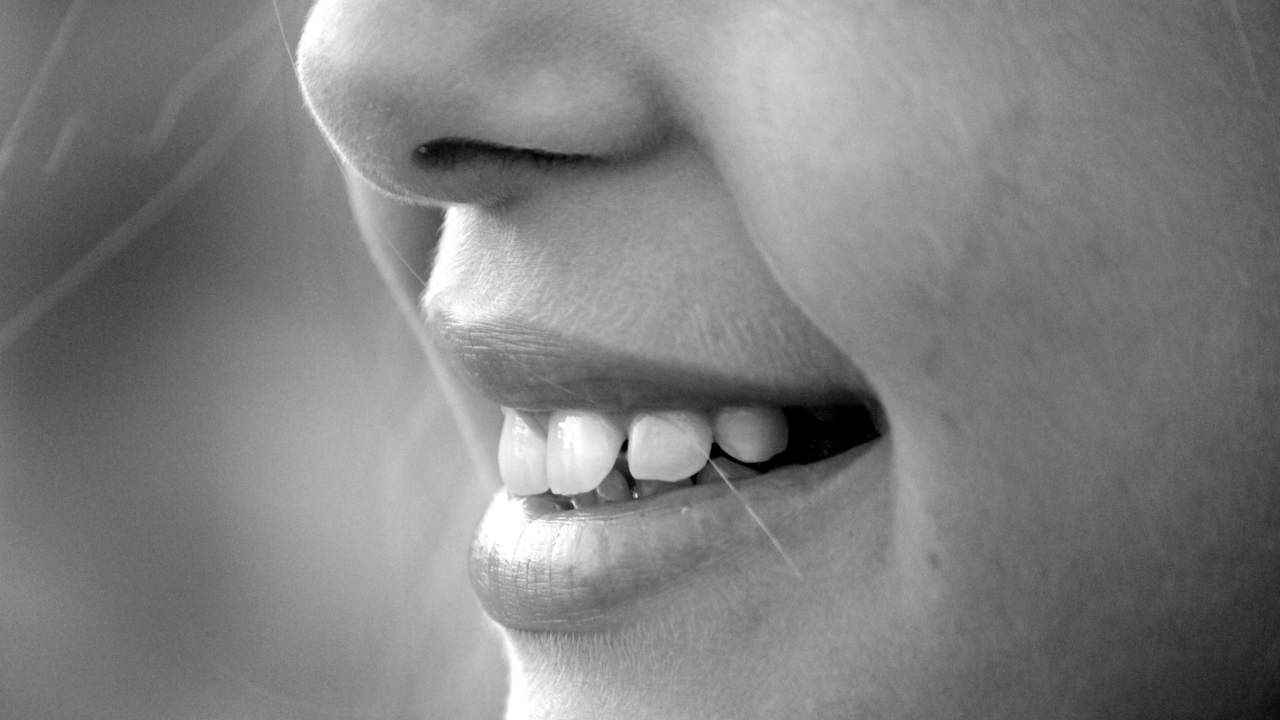 Oil pulling is going viral on TikTok for stopping morning breath – but does it actually work?
Oil pulling is going viral on TikTok for stopping morning breath – but does it actually work?4 hacks that prevent morning breath, according to a sleep expert
By Bethan Girdler-Maslen
-
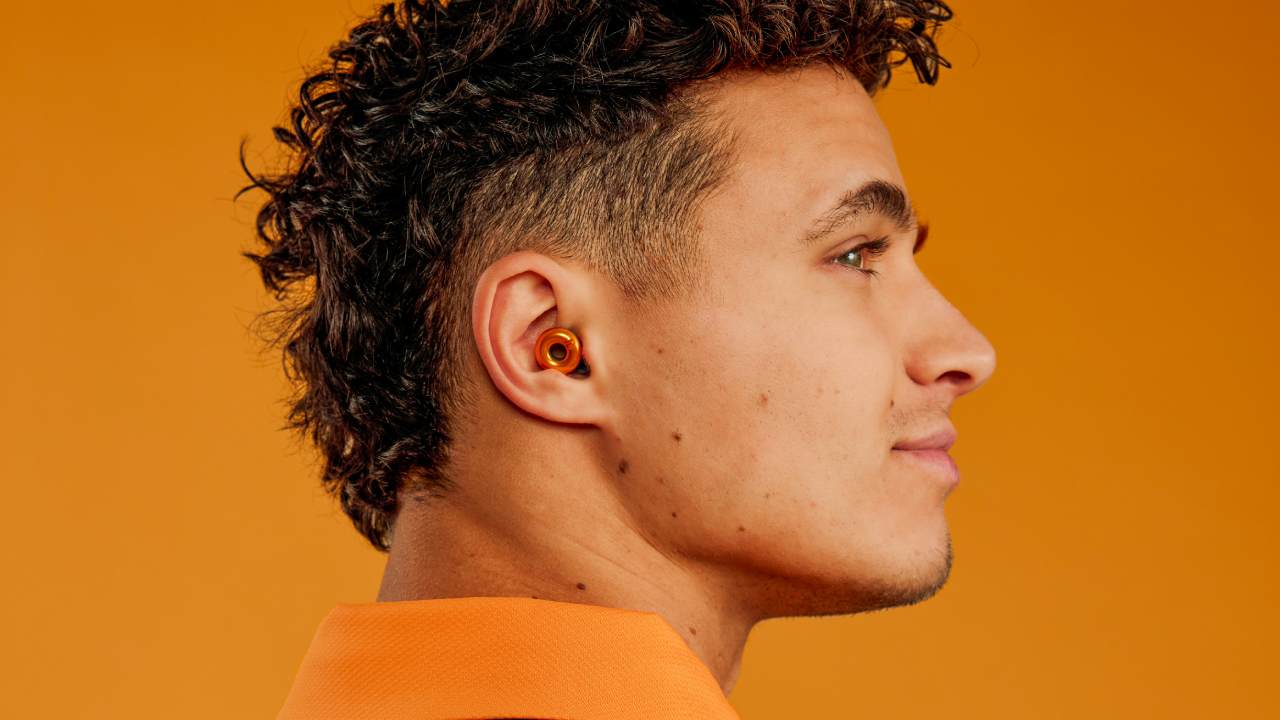 These limited edition McLaren x Loop earplugs are what you need for Formula 1 season
These limited edition McLaren x Loop earplugs are what you need for Formula 1 seasonMcLaren teams up with Loop on limited edition noise-reducing earplugs
By Bethan Girdler-Maslen
-
 5 sleep supplements that help me achieve 8+ hours of rest every night
5 sleep supplements that help me achieve 8+ hours of rest every nightIt took me years to perfect my sleep routine – here are the supplements that helped
By Lizzie Wilmot
-
 3 reasons why you wake up at 3am every night – and how to avoid it
3 reasons why you wake up at 3am every night – and how to avoid itAlways waking up in the middle of the night? This could be why…
By Bethan Girdler-Maslen
-
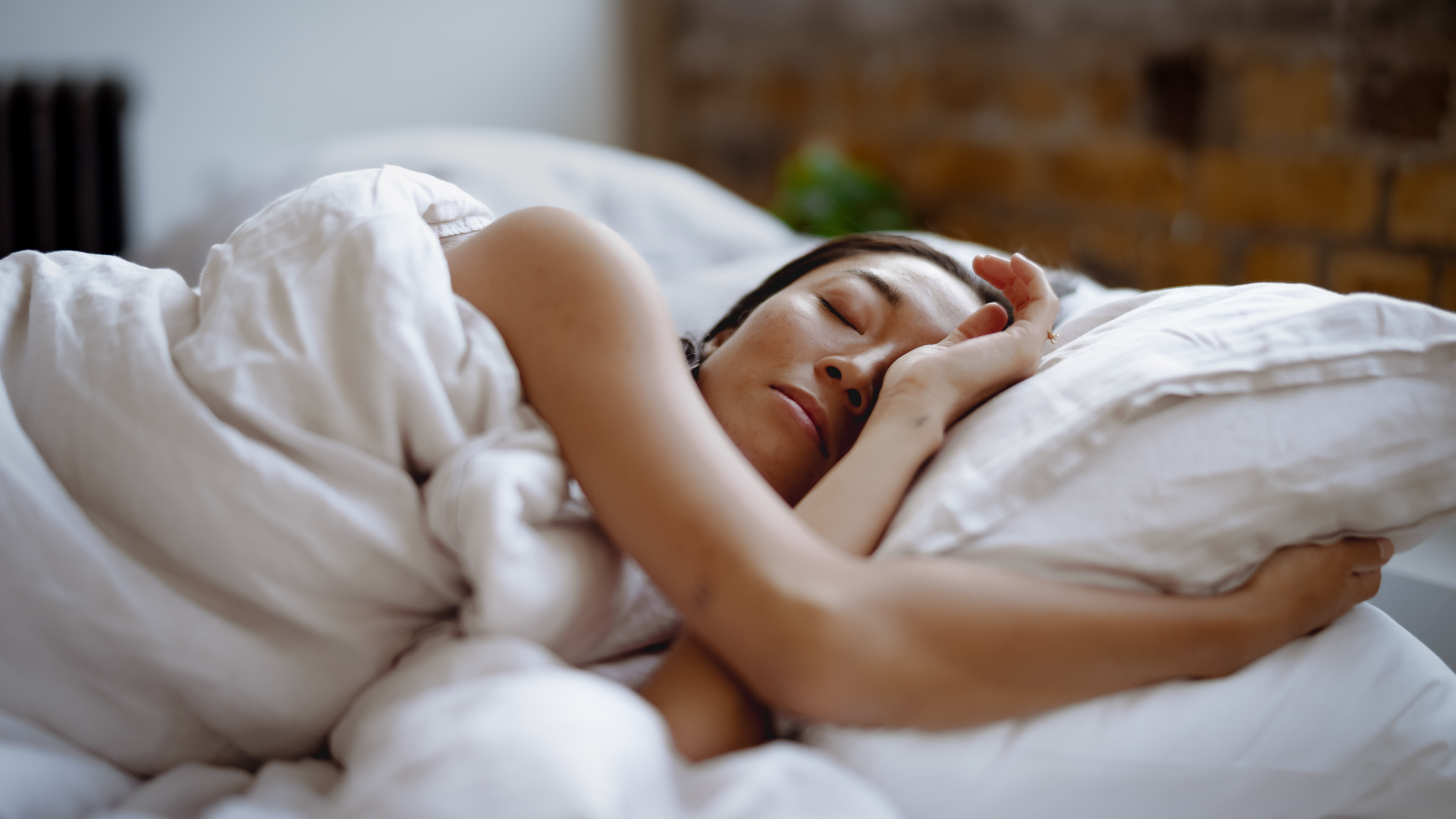 This tiny device will automatically disable your distracting apps before you sleep
This tiny device will automatically disable your distracting apps before you sleepSay hello to Kip...
By Lizzie Wilmot
-
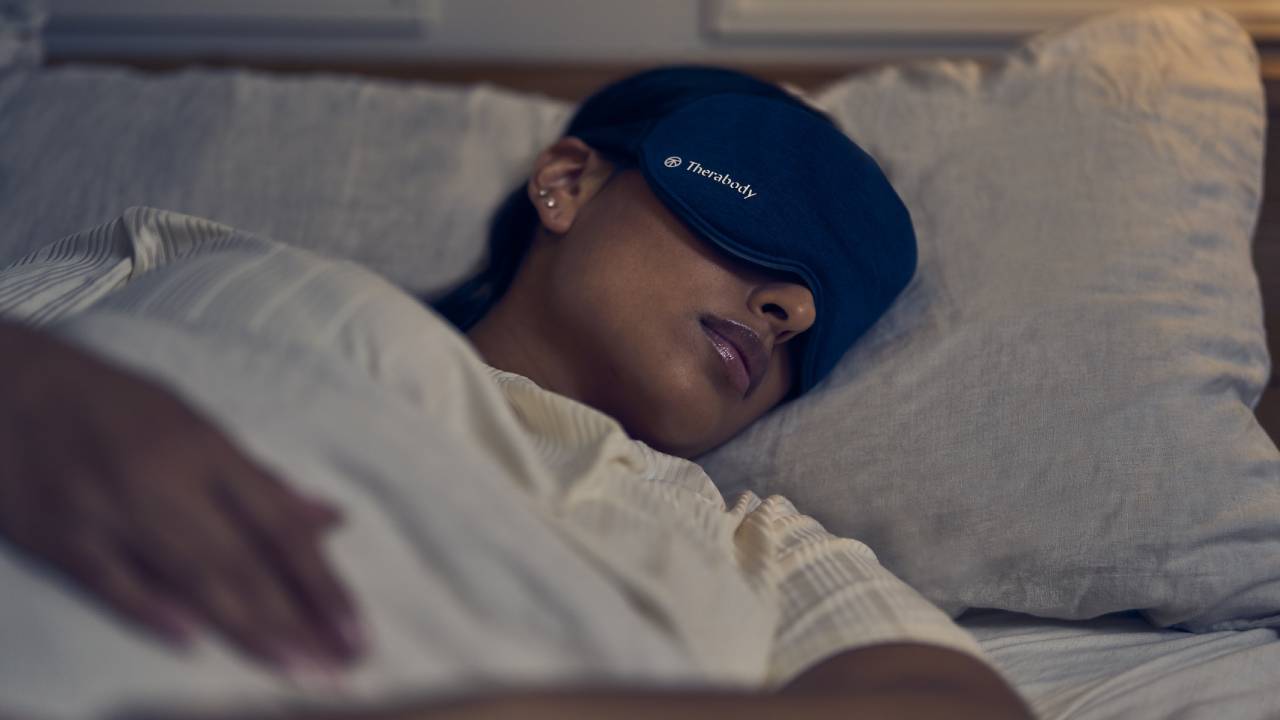 Therabody experts give 7 tips for perfecting your sleep routine for World Sleep Day
Therabody experts give 7 tips for perfecting your sleep routine for World Sleep DayFrom breathing exercises to sleep masks, here’s how to prioritise sleep, according to experts
By Bethan Girdler-Maslen
-
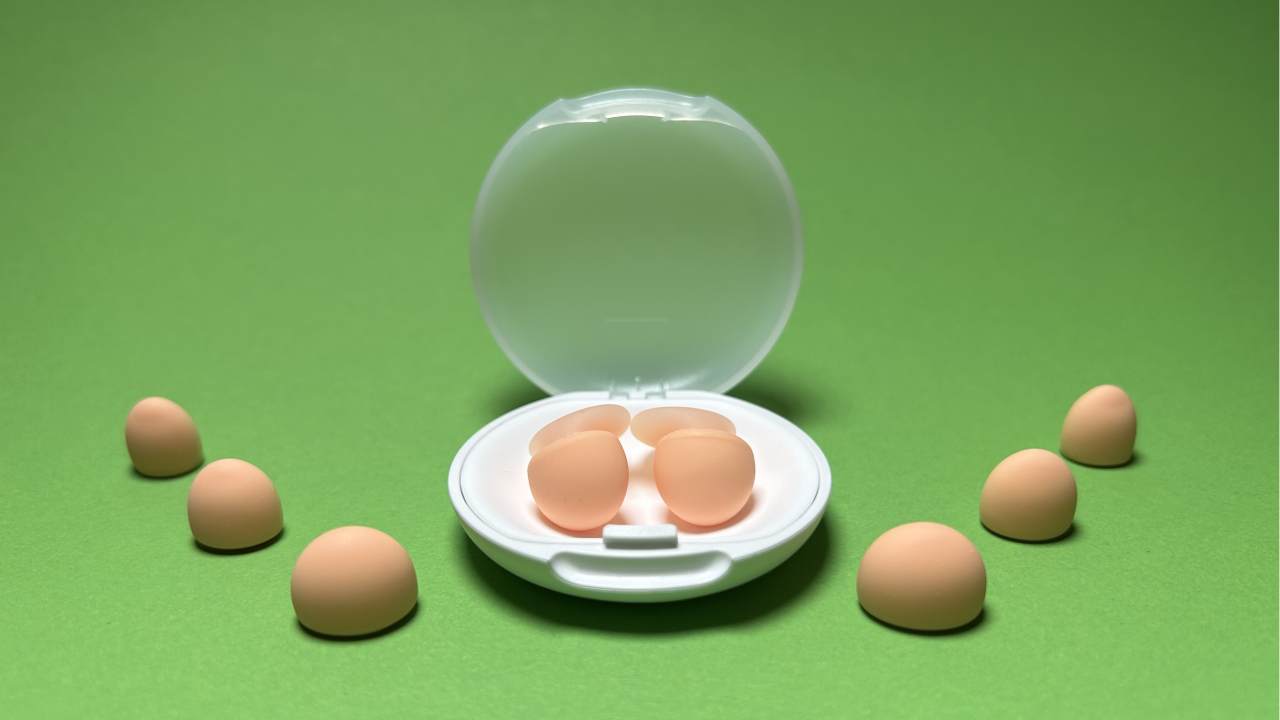 Loop Dream review: super soft earplugs to help you snooze soundly, even if you’re a side sleeper
Loop Dream review: super soft earplugs to help you snooze soundly, even if you’re a side sleeperSquishy silicone and uniquely shaped ear tips take Loop’s nighttime earplugs to dreamy heights
By Joanna Ebsworth

